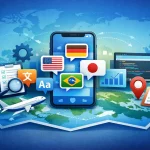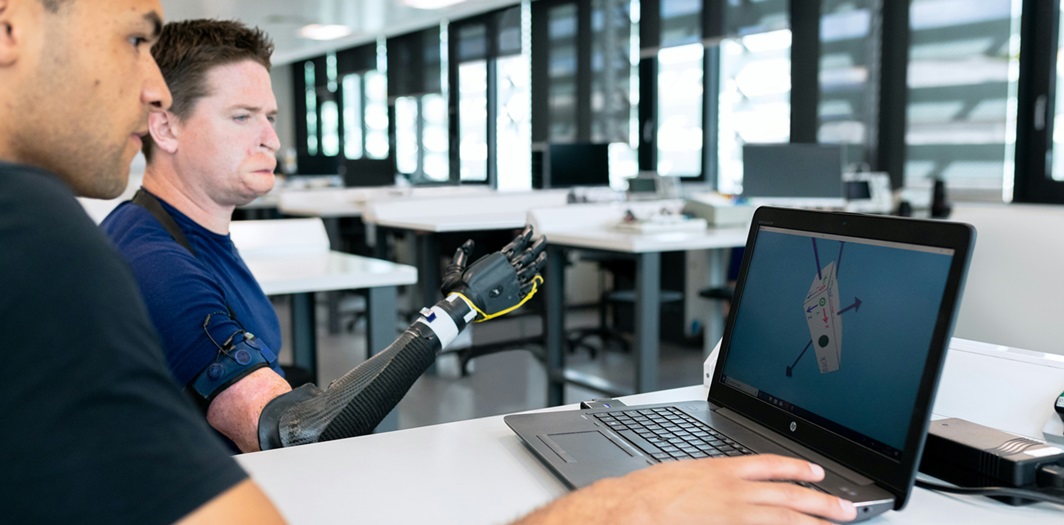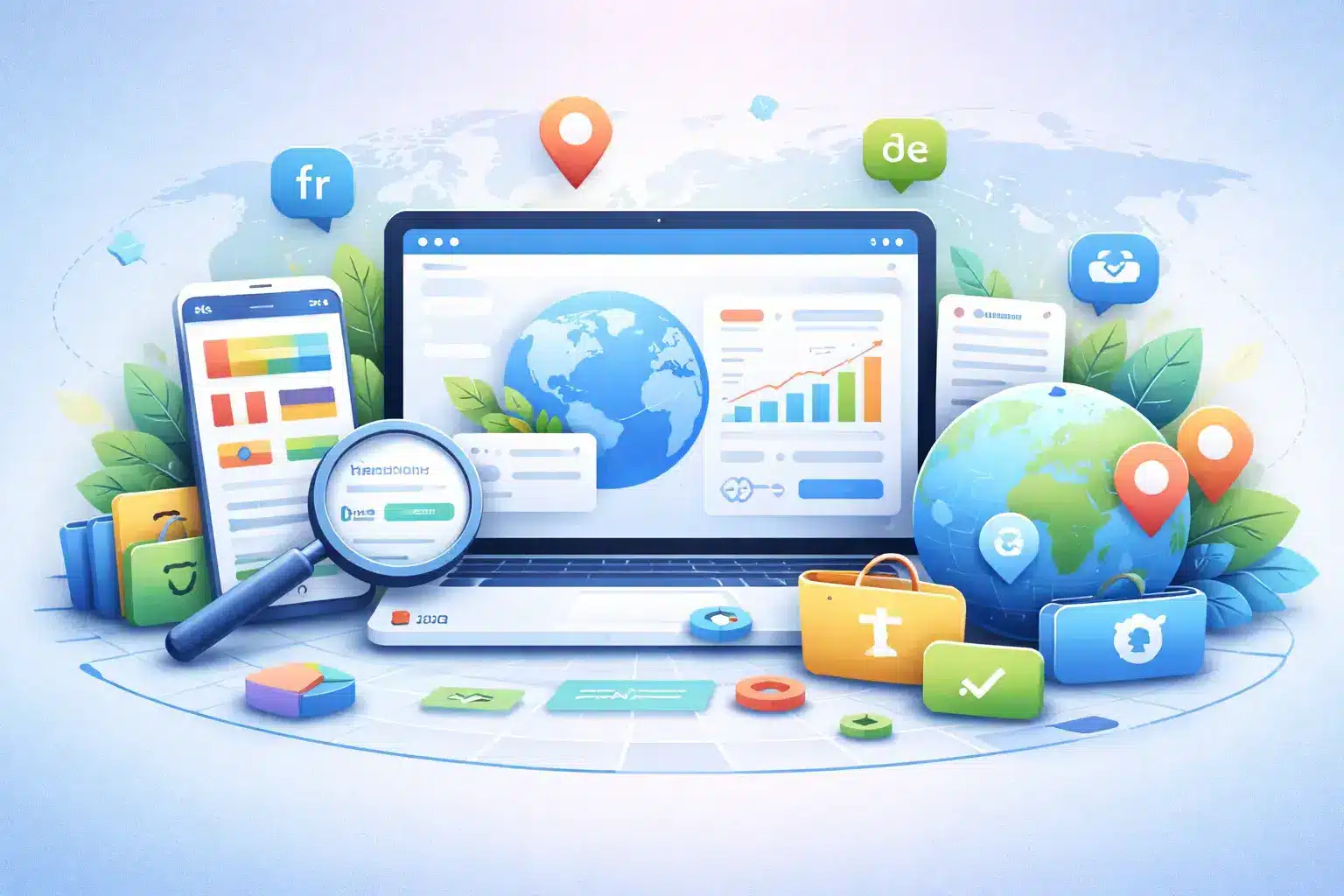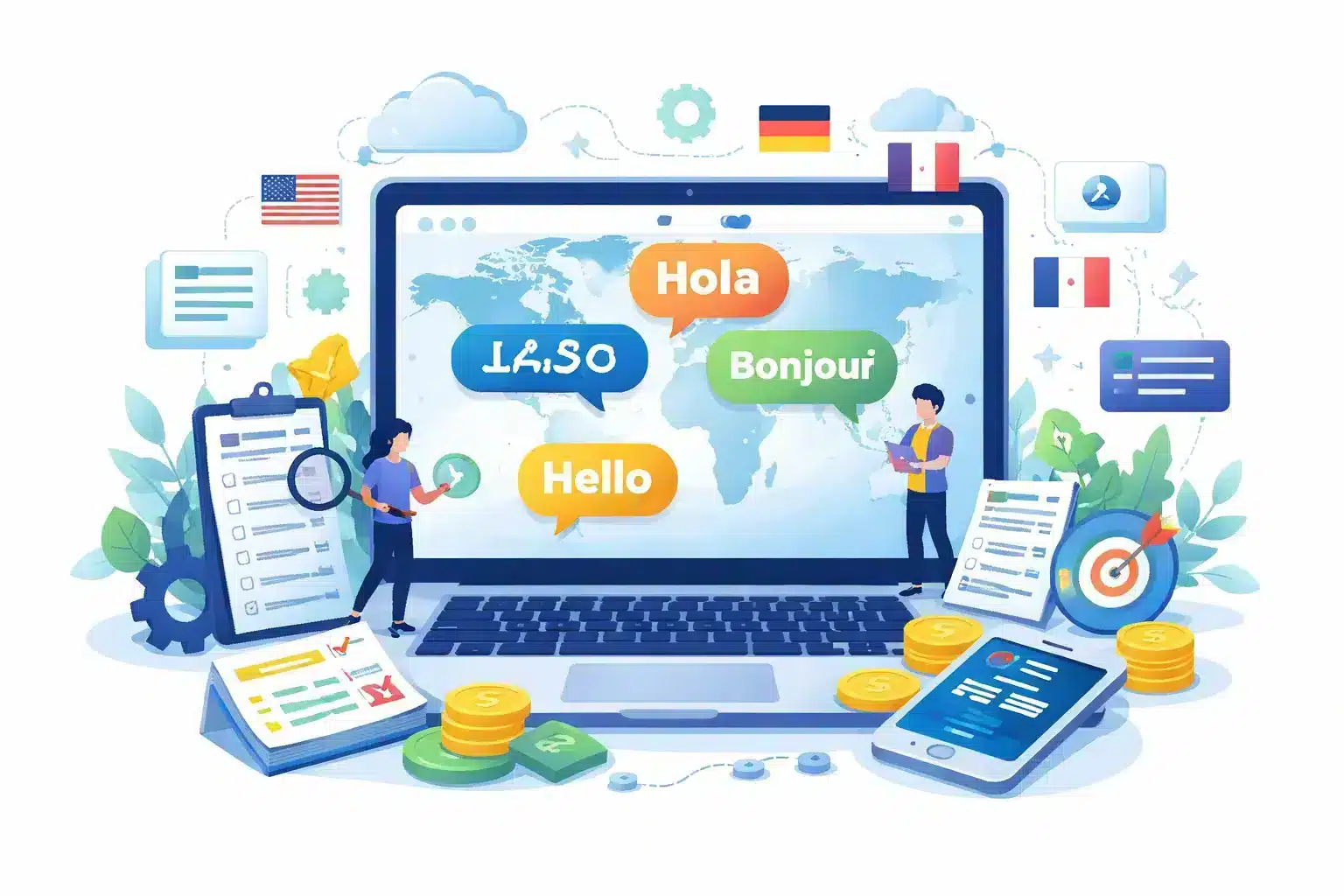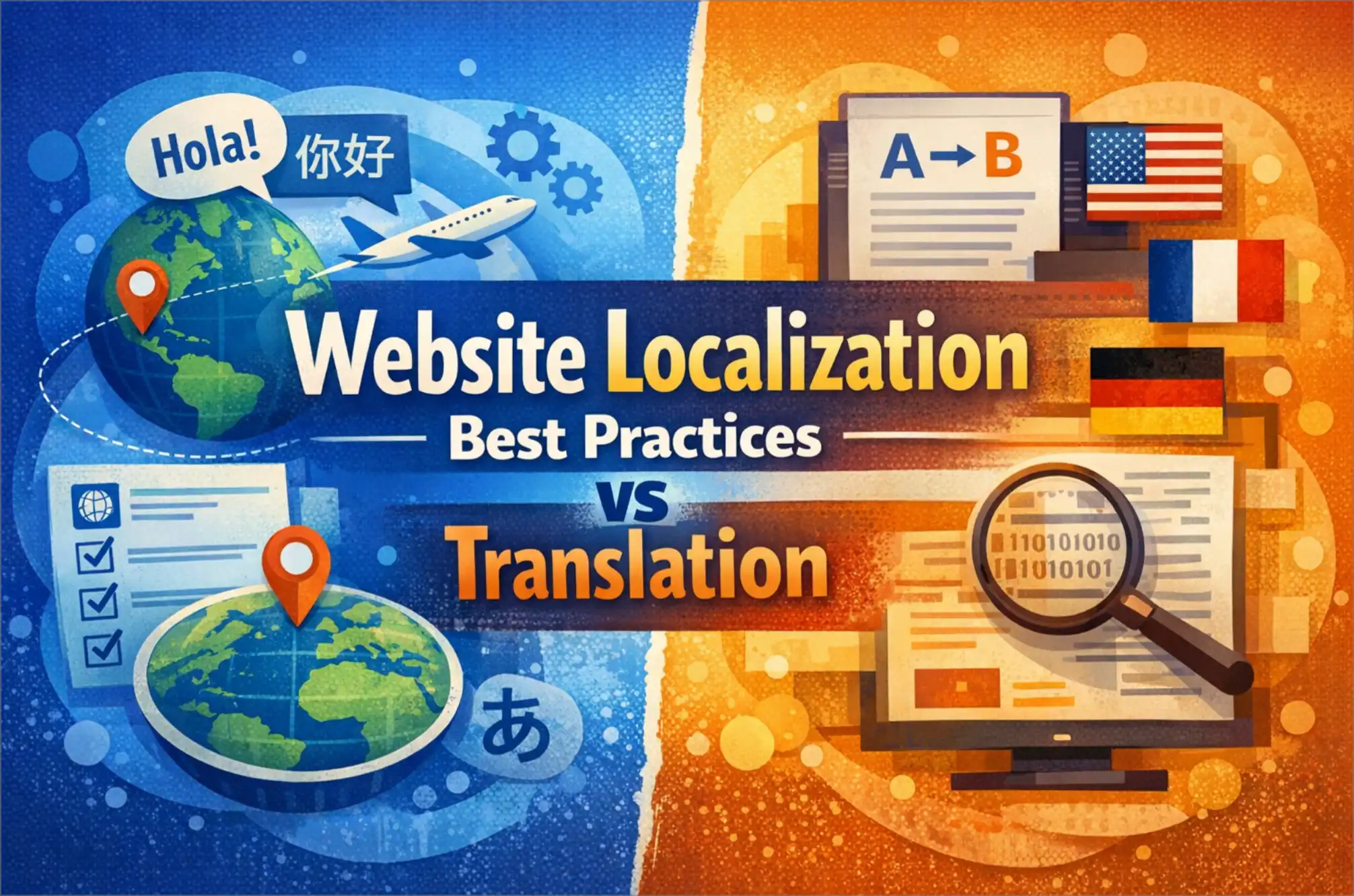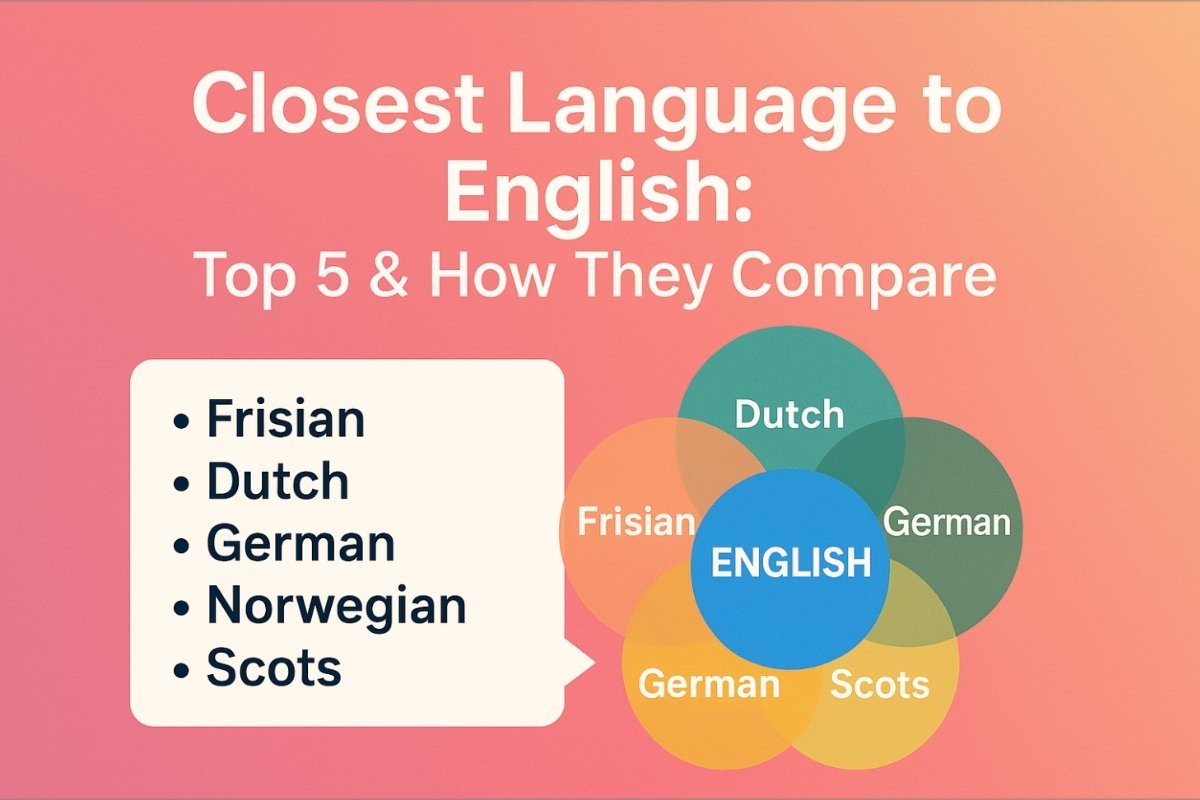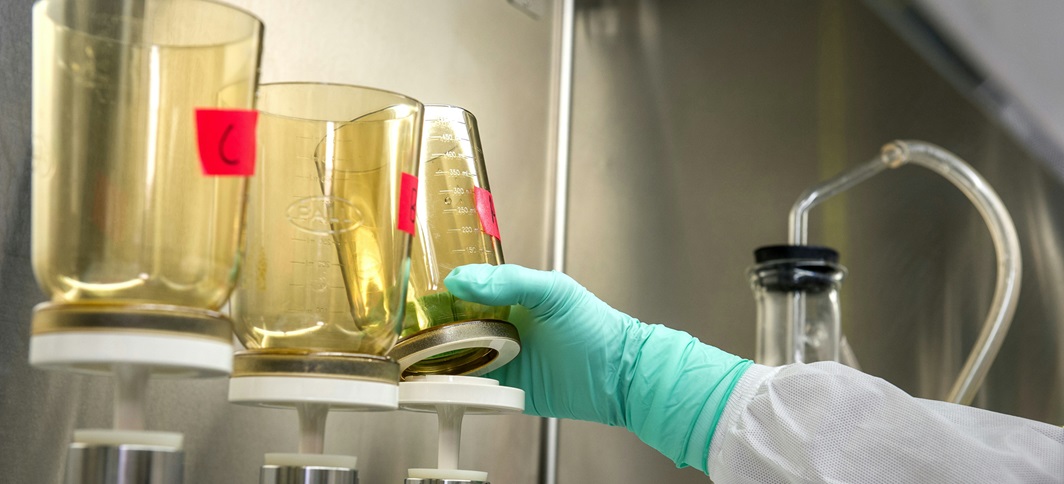Embarking on technical translation requires precision and the right tools. This guide navigates you through standards, terminology, and translation tech. Dive into industry norms, ensuring accurate communication. Master key terminology to bridge language gaps seamlessly. Explore cutting-edge translation tech tools that enhance efficiency. Elevate your technical translation game with insights that simplify complexities. Let this guide be your compass in the dynamic world of precise communication.
What is technical translation?
Technical translation is the process of accurately and clearly translating specialised content. It guarantees accurate communication of complicated information while preserving the intended meaning for a worldwide audience. In this discipline, producing precise and understandable translations requires proficiency with both the subject and language quirks. Technical translation is essential for overcoming language gaps, enabling effective communication, and promoting the diffusion of knowledge across varied linguistic landscapes. This includes user manuals and translation software for technical documents.
What’s the difference between general translation and technical translation?
General translation involves converting everyday language, focusing on simplicity and cultural nuances. It aims to convey the message accurately without specialized knowledge. Technical translation, on the other hand, works with intricate, sector-specific text, such as scientific papers or manuals. To guarantee correctness, it requires an in-depth understanding of the subject and exact language. Technical translation necessitates exact attention to detail and subject-matter expertise, whereas general translation places more emphasis on readability and general understanding. Technical document translation software supports particular businesses by maintaining the complexities of technical information, whereas general translation primarily serves the general public.
Types of technical translation
Challenge: Precise legal terminology requires accuracy to avoid misinterpretation. Translators must understand diverse legal systems.
Challenge: Complex medical jargon demands a deep understanding of medical science. Errors may lead to serious consequences; precision is vital.
- Engineering Technical Translation:
Challenge: Technical specifications and terms in engineering demand precision. Translators need expertise in the specific engineering field to ensure accuracy.
- Information Technology (IT) Technical Translation:
Challenge: Rapid technological advancements mean constant updates. Translators must stay current with the latest IT terms and concepts for accurate translations.
- Scientific Technical Translation:
Challenge: In-depth knowledge of scientific principles is crucial. Maintaining the integrity of research and findings requires precision.
Standards and Terminology in Technical Translation
Technical translation demands strict respect for industry standards like ISO 17100 in order to maintain accuracy and intelligibility. By assuring a consistent and dependable methodology, these criteria ensure that translated text satisfies quality standards and retains correctness. Respecting established protocols helps experts communicate with each other and avoids misunderstandings. ISO 17100 was developed specifically for the translation services sector and contains guidelines for qualifications, protocols, and general translation quality. Respecting these norms builds a professional reputation and gives clients confidence. In technical fields, where precision is paramount, adhering to these standards becomes the bedrock for effective and reliable communication.
Role of Technology in Technical Translation
In the subject of technical translation examples, technology is essential since it has transformed the way information is shared across language barriers. The advancement of advanced equipment and software has led to a significant increase in the accuracy and efficiency of technical translation. Artificial intelligence is employed by machine translation (MT) systems, notably neural machine translation, to assess and translate technical content with an accuracy that was previously difficult to accomplish.
Another crucial element is computer-assisted translation (CAT) tools, which help human translators manage terminology consistency and boost productivity. These techniques help preserve the integrity of technical terminology, which is important in sectors like technology, engineering, and medicine, in addition to improving translation speed.
Technology also makes collaborative translation operations easier by offering cloud-based platforms that allow translators, reviewers, and subject matter experts to collaborate in real time. This encourages smooth communication and guarantees that the translated content fulfils the necessary technical requirements.
Even while technology makes translation faster, human experience is still invaluable, particularly when it comes to picking up on the subtleties of technical terms and making sure the translated material is accurate in its intended context. In technical translation, the combination of human and technological skills improves the overall quality of translated technical materials while also streamlining the process.
Quality Assurance in Technical Translation
In technical translation, quality control is essential to avoid mistakes that could have detrimental effects. Technical content that has been mistranslated may result in dangerous situations, defective products, or monetary losses. Proofreading and editing processes play a vital role in ensuring precision. Specialized terminology and complex concepts require meticulous attention.
Linguistic accuracy and technical correctness must align seamlessly. A single misunderstanding could have fatal consequences. Thorough quality control ensures that technical translations are up to par, preventing misinterpretations and guaranteeing the accuracy of important data. Since accuracy is crucial in the technological domain, quality assurance is a critical phase of the translation process.
Subtitles

Professional and Accurate Subtitle Services for your Videos.
- Video subtitles specifically tailor-made for improving accessibility.
- Using highly experienced subtitlers with years of industry experience.
- Professionally written and expertly timed.
Translation

We help the world’s top companies translate their content in over 73 languages!
- We localize content for internet websites, games, travel, cryptocurrencies, and more
- Expand your global audience by adding different languages.
- We work only with qualified translators and experienced content creators
Audio translation

Ensuring full accessibility for Blind and visual impaired audiences.
- Visual descriptive events as they occur in the video.
- Working with top audio describers to perfectly describe what is happening on-screen
- Professional sound recording.





